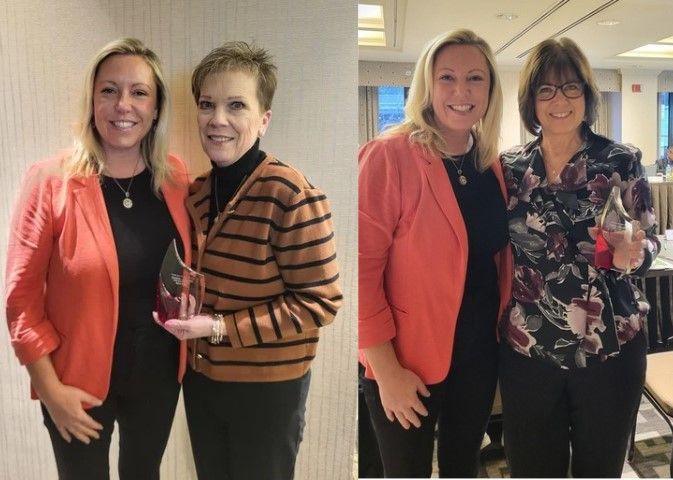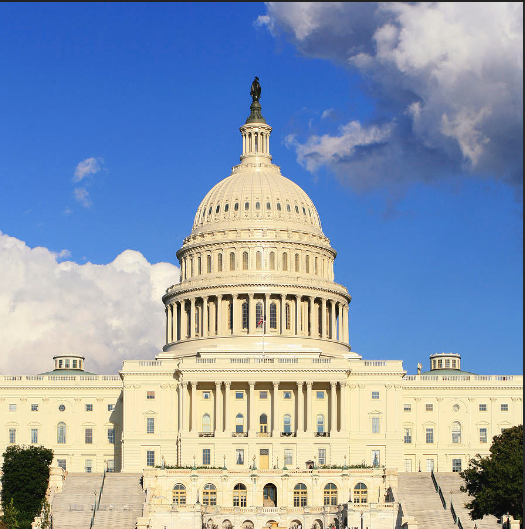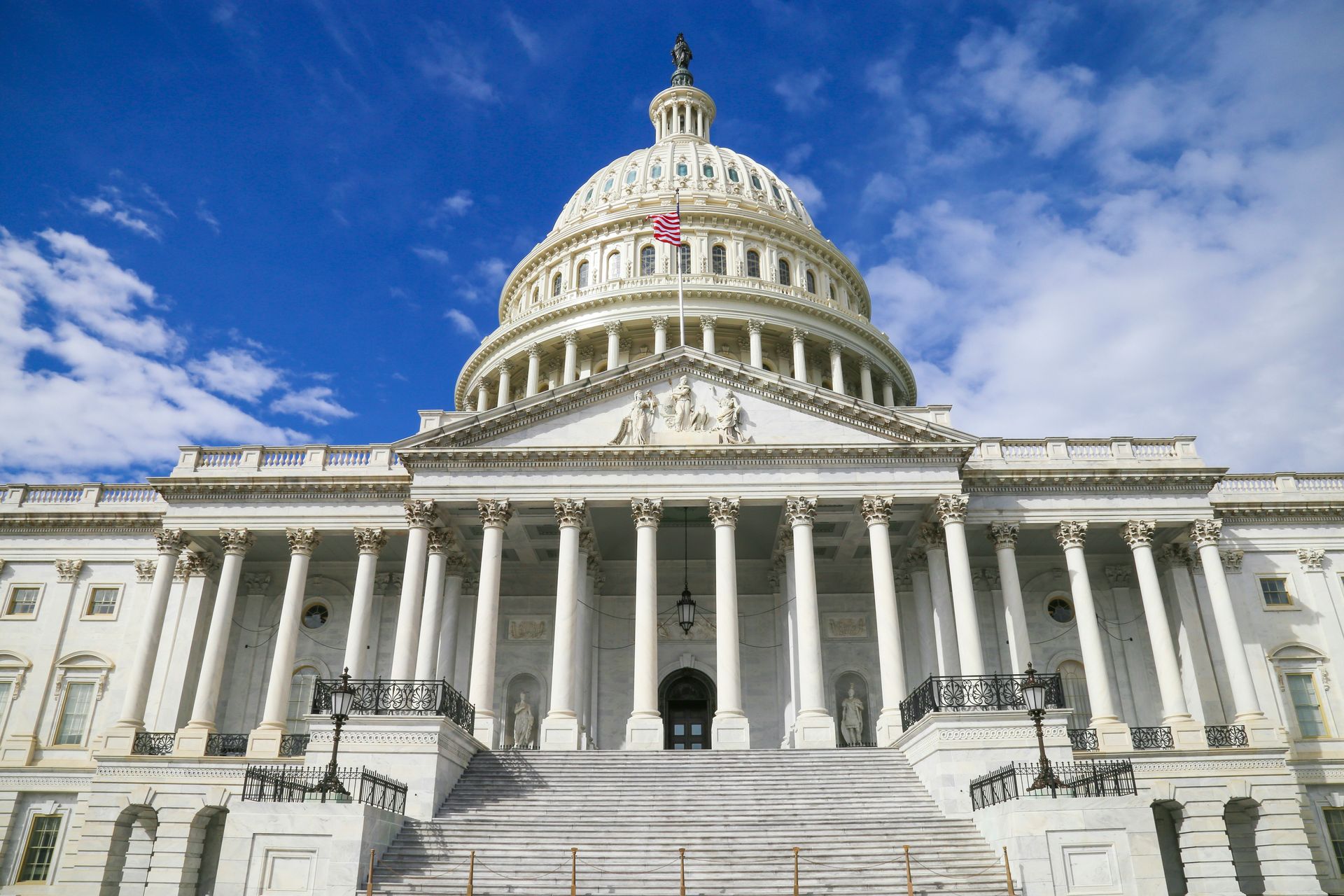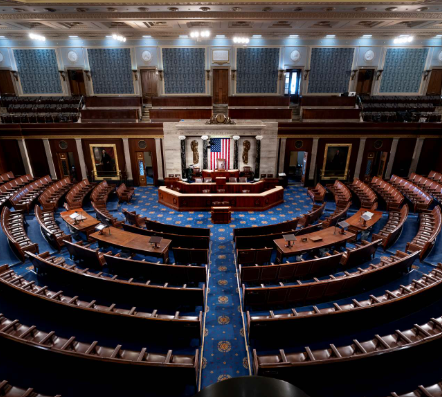It’s National Apprenticeship Week, but 2022 Will be the Year of the Apprenticeship

By: Amy Kardel, Vice President, Strategic Workforce Relationships at CompTIA
Sixty-seven percent of organizations nationwide rate skilling and upskilling as being of greater importance in 2021 than before, but the truth is that employers across most sectors still find it inherently challenging to hire and train for tech roles. In this context, and given the tight overall employment market of 2021, the tech talent scene is experiencing a situation in which growth of key tech roles is far outpacing worker demand. The appetite for skilled workers is booming in critical occupations like cybersecurity (+31%), software development (+23%), web development (+15%), IT support (+13%) and beyond. With the rapidly changing (and at times, frightening) cyber landscape, and the evolving tech needs of today's business environment, the days of simply spec'ing out a role, casting a wide net to degree-holders, and hiring someone with a credential and a smattering of IT experience are over.
There’s a growing awareness of the challenges inherent in "going it alone" on a tech talent development strategy, and that awareness is bringing more employers to the realization that apprenticeship is a sound bet for the needs of right now and the longer term. In order to survive the challenges of the day, organizations need deeply specialized and extremely specific tech skills on their teams, and the reality is that much of that tailored skillset needs to be nurtured and built not on a college campus, but in-house. Yet, employers harbor pervasive misconceptions about what apprenticeship is and what it isn’t, and this is something we encounter daily. In that spirit, allow me to “bust” the top four myths we hear from employers about apprenticeship:
1) Only big companies can do it. Amazon got a lot of press this year for launching an apprenticeship for their mechatronics and robotics technicians, highlighting the appeal of programs that exist at the intersection of traditional areas like manufacturing, and emerging tech functions like AI. As cool as a robotics apprenticeship is, this move by Amazon perpetuates the notion that only the world's biggest employers with the deepest pockets can afford to dabble in tech-centered talent development programs. As someone whose full-time role involves helping employers of all sizes launch tech apprenticeships, I can tell you it's just not true. Over the summer, we helped a very small, Texas-based gaming computer shop launch an apprenticeship that very quickly transformed the way they hire and the caliber of employees on their staff. Small employers like these are taking advantage of CompTIA's collaboration with talent development experts Maher & Maher, and our Department of Labor-funded initiative, in order to further their very specific and often very localized business needs.
2) It’s too hard/complicated and will take too much time. In the registered apprenticeship model, pre-built National Guideline Standards (which we’ve created for our four Tech roles, including Tech Support Specialist or Cybersecurity Support Technician) help employers rest assured that the legwork of mapping core competencies to the role have been handled. In this model, so much of the groundwork has been done for the employer, alleviating what is often a top concern among employers: that there’s too much red tape and planning involved for it to be a worthwhile investment.
3) It’s costly and we’d rather buy talent than invest in it. Like it or not, employers are going to have to start investing in talent and in the ongoing training of their tech teams; that’s just the nature of tech and particularly of cyber in 2021 and beyond. But the truth behind this ugly myth is that, actually, investing in talent through pathways like apprenticeship gives you the best ROI...around 94% of apprentices retain employment after their program ends, with an average starting salary of $70,000 [Department of Labor].
4) The caliber of apprentices might not be high enough. Something really interesting happens when you start to use apprenticeship as a hiring strategy for tech roles: you start to find that the caliber of applicants shifts from being all about credentials and contacts to being all about competency and drive. The non degree-holding applicant realizes that they’re going to hit the ground running and will have to meet rigorous training and credentialing benchmarks once on the job (apprenticeship is a job), and so you inherently won’t get much interest from people who are resting on their academic laurels and are just looking to cash in on a paycheck. In our experience, apprentices are among the most driven, motivated and serious candidates to put their names forth for jobs, and it is a massive benefit that they often come from backgrounds that are underrepresented in tech.
It may be National Apprenticeship Week in November, but I’d go so far as to say that 2022 will be something like The Year of Apprenticeship. There are few pathways that hold as much promise of radical transformation, not just for the tech sector, but for other growing and emerging areas of the workforce. At CompTIA, we’re viewing right now as something of a “third wave” of apprenticeship in America. I’m confident it’s going to stick this time because we have enough momentum and enough awareness now from employers who are ready to reap its benefits, and put a stake in the ground in favor of this pathway’s deep social and economic impacts.


National Association of Workforce Boards | All Rights Reserved |
Created by Olive + Ash.
Managed by Olive Street Design.





